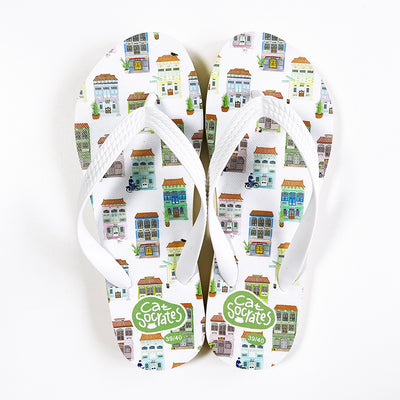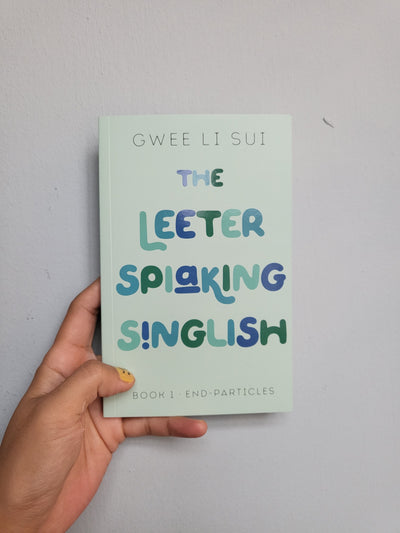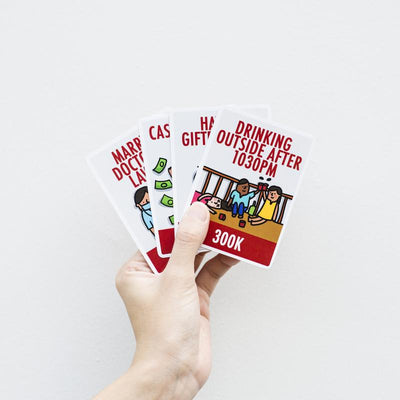Following on the success of his 2017 hit, Spiaking Singlish: A Companion to How Singaporeans Communicate, Gwee Li Sui is back with a series of three “Leeter” books covering the quintessential features of Singlish, Singapore’s unofficial language – written in Singlish!
The books in the series include:
- Book 1: End-Particles
- Book 2: Idioms (to be released soon)
- Book 3: Loanwords (to be released soon)
In this first volume, we delve into what is known as the end-particle: “a modifier that primarily comes at the end of a sentence or a clause. Its appearance changes the meaning of the whole construction – yes, it is that powderful one! We will look at a whole bunch of them: lah, leh, ler, lor, loh, liao, ha, ah, hor, wor, mah, meh, siol, sial, sia, eh, nia, neh, and bah. Some are long-long oredi got use although their uses may have evolved. Others are sibeh new even to my ears!"
In the second volume, we learn that Singlish is not just about lah and leh: “Singlish oso got idiom and proverbs wor. Such kinds of expression make natural sense within a language and often cannot be translated without lugi-ing some depth. Consider how much shiokness ‘blur like sotong’ and ‘bak chew tak stamp’ bring to a situation with people being tekanded. Use ‘pattern more than badminton’, ‘mee siam mai hum’, or ‘last time policeman wear shorts’, and you’ll have pecah lobang your true fewling on a matter without saying more.”
In the third volume, we look at where Singlish words come from: “There are England terms like ‘act cute’ and ‘act blur’ whose meanings we tweak, Melayu ones we keep like ‘cabut’ and ‘pakat’, cheena ones we use like ‘cheong hei’ or translate into England like ‘wait long-long’, Tamil words like ‘goondu’ and ‘aiyoh’, distorted Japanese words like ‘bakero’, and so on. Then got phrases made with words from different languages that become something lagi tok kong, such as ‘buay tahan’ and ‘jiak kentang’.”
180 x 115 mm
Book 1: 104 pages, Book 2: 112 pages, Book 3: 112 pages



























